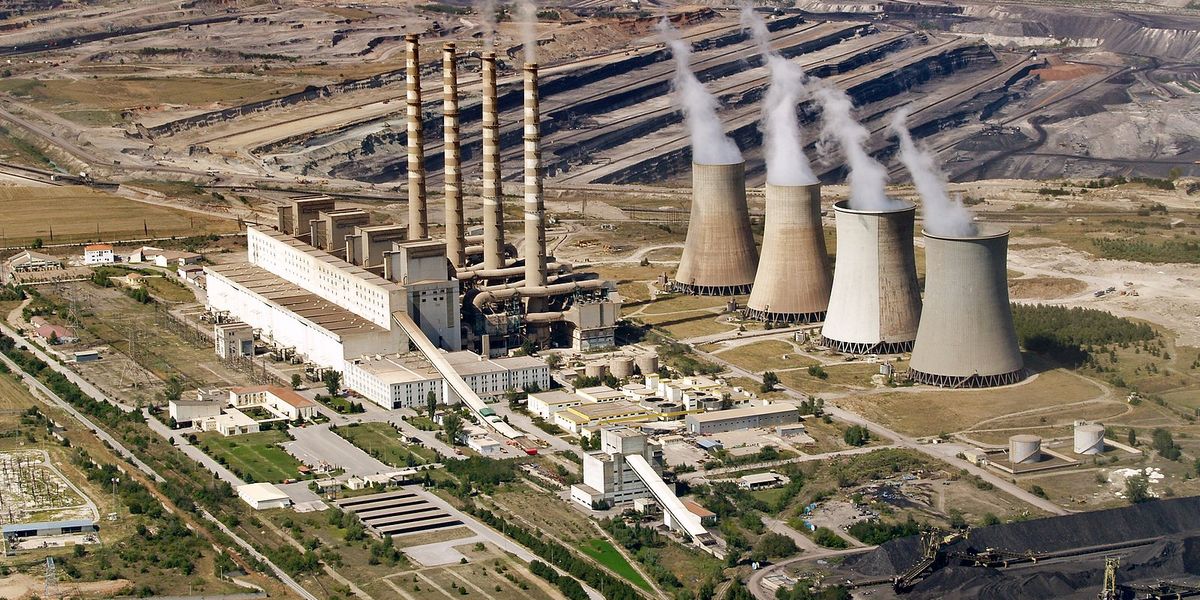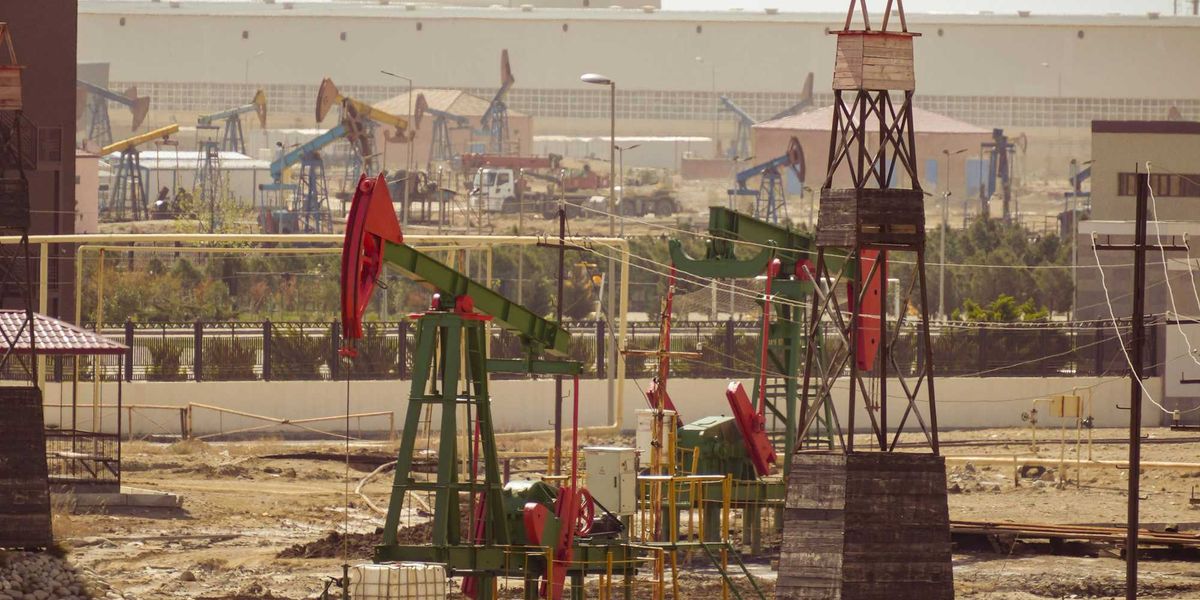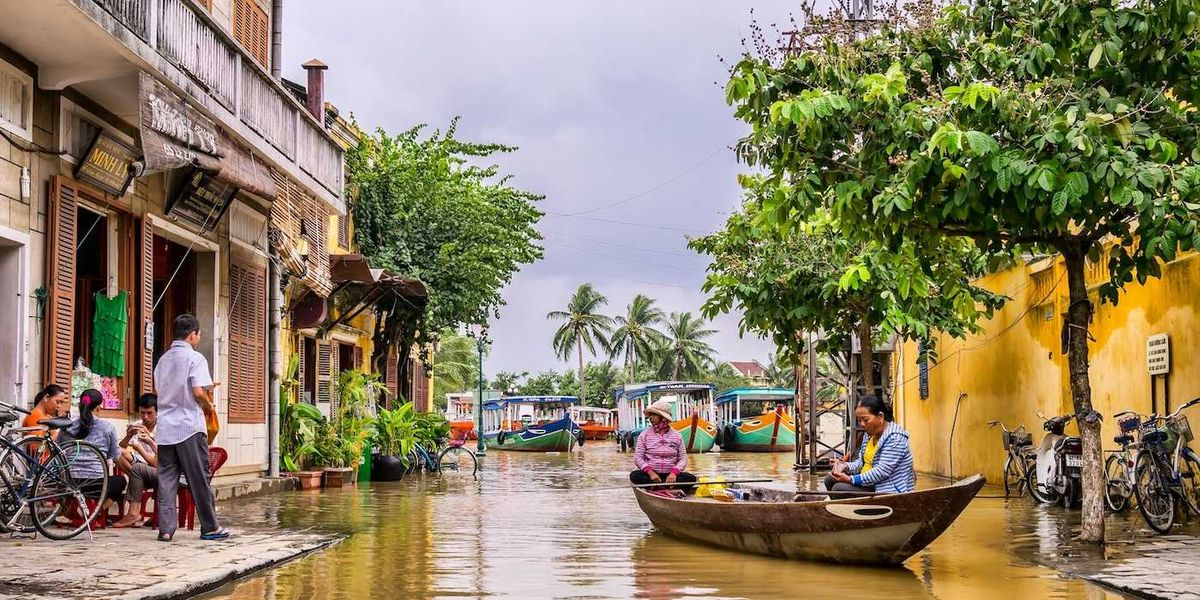New Jersey diverts climate funds to transit system as budget shortfall grows
New Jersey lawmakers have redirected $190 million from the state’s Clean Energy Fund to cover transit and budget gaps, marking the second-largest such transfer in the fund’s history.
Rambo Talabong reports for Inside Climate News.
In short:
- The Clean Energy Fund, financed by utility ratepayers to support renewable energy and emissions-reduction programs, lost $190 million — $140 million to New Jersey Transit and $50 million to the general budget.
- Governor Phil Murphy, despite pledging to stop these “raids” in 2017, has now presided over $832 million in Clean Energy Fund diversions during his time in office.
- The move comes amid federal clean energy cuts under President Trump and a looming $1.5 billion state deficit, with lawmakers arguing the transfer was necessary to avoid a government shutdown.
Key quote:
“Given what is happening in Washington right now … if we really are going to ensure that every single person in this state has access to clean air, clean water — that the electrical prices that we’re all talking about, that we can continue to do something about—it is critically important that we make these investments.”
— New Jersey State Senator Andrew Zwicker
Why this matters:
The Clean Energy Fund plays a vital role in helping New Jersey shift away from fossil fuels. Raiding this fund to cover transit and budget shortfalls undermines that mission, especially at a time when federal support for clean energy is drying up. The fund was built on the backs of utility ratepayers to cut emissions, support solar and wind infrastructure, and electrify transportation. New Jersey has some of the worst air pollution in the country, and transportation is its largest source of emissions. Redirecting clean energy funds slows the progress toward healthier air and a more stable climate, and sends a confusing signal about policy priorities in a state already vulnerable to climate impacts.
Related: New gas plant approved in Newark despite community objections over health and pollution













